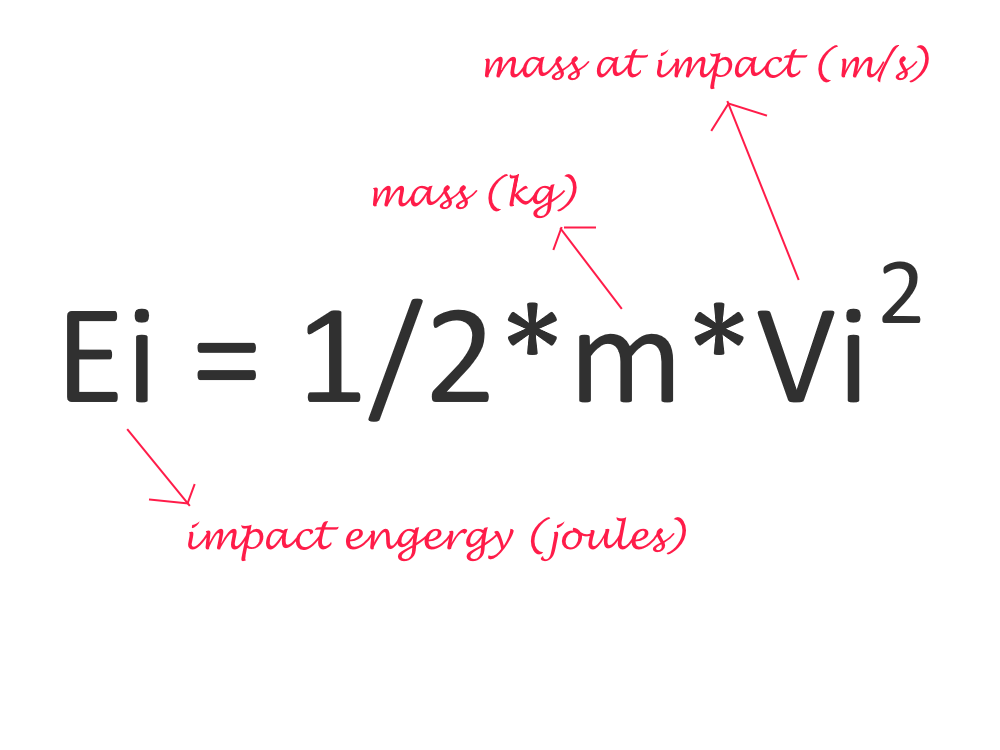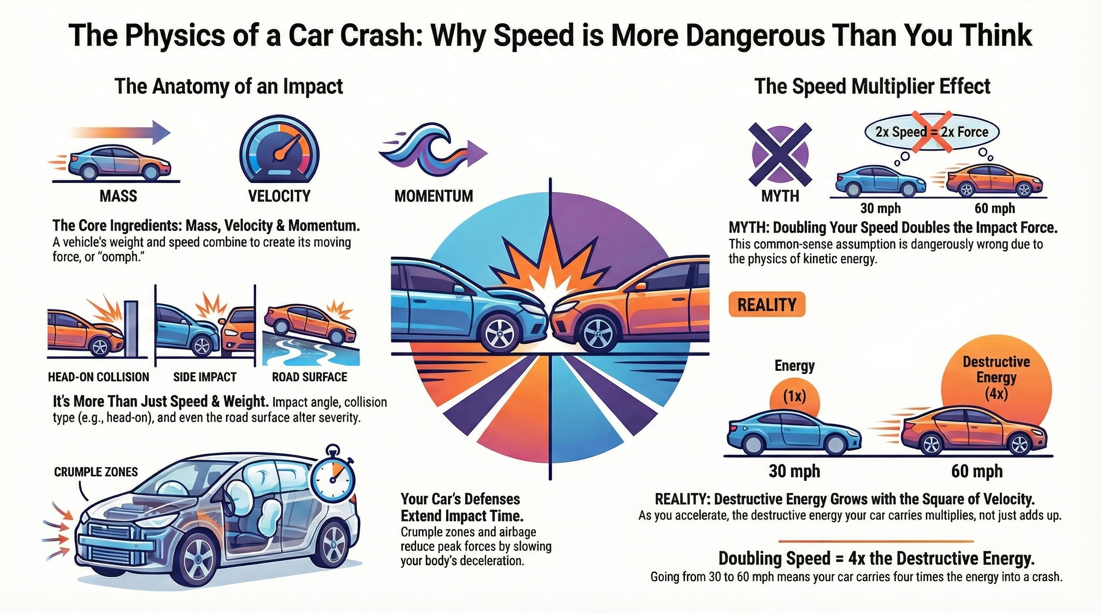? Is the force of impact at 60 mph double that at 30 mph?
No, the force of impact at 60 mph is not double that at 30 mph. The force of impact is directly proportional to the change in momentum during a collision, and momentum is the product of an object's mass and its velocity.
When the speed of an object doubles, its momentum also doubles. However, force is not solely dependent on momentum; it also depends on the duration of the collision. In most real-world scenarios, the duration of the collision is very short, so the force increases linearly with speed, not exponentially.
For example, if you have an object with a certain mass and it collides with a stationary object or surface, the force of impact will indeed be greater at 60 mph than at 30 mph. However, it will not be double the force because the relationship between force and speed is not linear.
If we assume that all other factors remain constant (e.g., the mass of the object, the nature of the collision, etc.), the force of impact will increase by a factor of four (not double) when the speed is doubled from 30 mph to 60 mph. This is because the momentum is doubled (due to the doubled speed), and force is proportional to momentum change.
⧋
🡄 Previous Page Next Page 🡆


